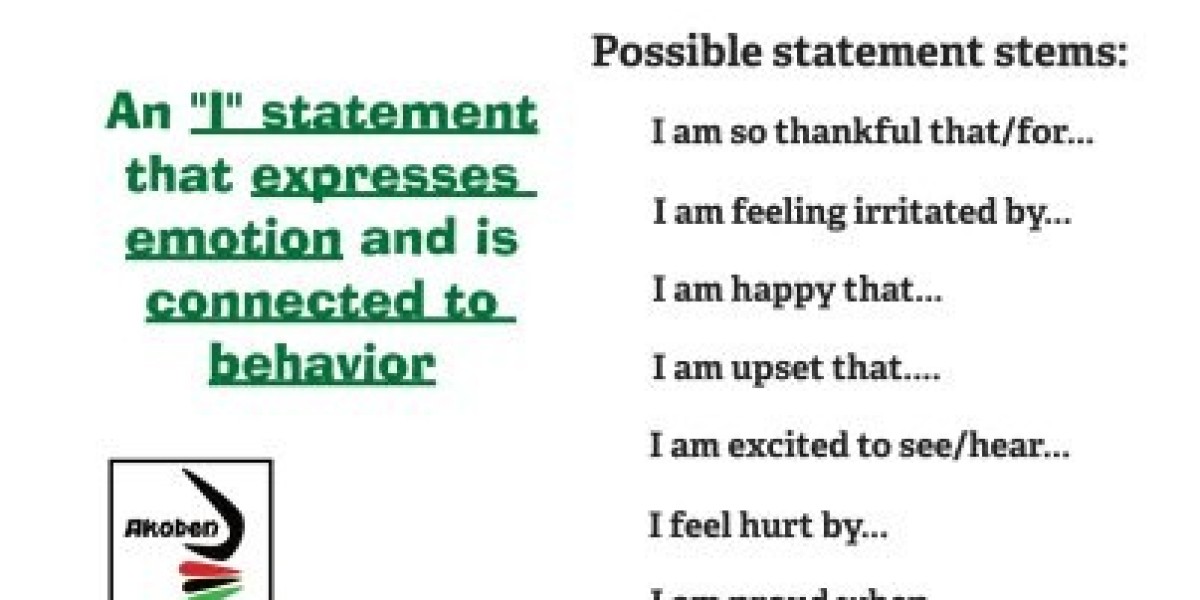Communication forms the foundation of every meaningful relationship, whether in schools, workplaces, or communities. When conflicts arise or harm occurs, traditional approaches often focus on punishment rather than healing. However, affective statements offer a revolutionary approach that prioritizes understanding, accountability, and restoration over retribution.
Affective statements represent a core component of restorative practices, allowing individuals to express their feelings and experiences in ways that promote healing rather than blame. These powerful communication tools help people articulate the impact of actions on their emotional well-being while creating space for genuine dialogue and understanding.
The concept of affective statements has gained significant traction in educational settings, criminal justice systems, and community organizations worldwide. By focusing on feelings and impacts rather than accusations and punishment, these statements create opportunities for meaningful connection and positive change.
What Are Affective Statements and Why They Matter
Affective statements serve as structured expressions of how someone's actions have impacted another person emotionally, physically, or relationally. Unlike traditional confrontational approaches, these statements focus on the speaker's experience rather than attacking the other person's character or intentions.
The beauty of affective statements lies in their simplicity and effectiveness. They typically follow a basic structure that includes expressing feelings, describing the impact of specific behaviors, and sometimes suggesting alternative actions. This approach removes defensiveness from conversations and creates space for genuine understanding and accountability.
Research conducted by leading restorative justice practitioners shows that affective statements significantly improve communication outcomes in various settings. Schools implementing these practices report decreased disciplinary incidents and improved classroom climates. Communities using restorative approaches experience reduced recidivism rates and stronger social cohesion.
The Science Behind Effective Restorative Communication
Understanding the psychological foundation of affective statements helps explain their remarkable effectiveness in transforming relationships and resolving conflicts. When people feel attacked or blamed, their natural response activates defensive mechanisms that shut down productive dialogue. Affective statements bypass these defensive reactions by focusing on personal impact rather than blame.
Neuroscience research demonstrates that when individuals hear about the impact of their actions through affective statements, it activates empathy centers in the brain. This neurological response creates opportunities for genuine remorse, understanding, and positive behavioral change. The approach aligns with fundamental human needs for connection and understanding.
Iman Shabazz, a recognized leader in restorative practices, emphasizes that affective statements work because they honor both the person who was harmed and the person who caused harm. This dual respect creates conditions where authentic healing can occur, moving beyond surface-level apologies to meaningful transformation.
Practical Applications of Affective Statements in Educational Settings
Schools across the country have embraced affective statements as powerful alternatives to traditional disciplinary measures. When students engage in harmful behavior, educators trained in restorative practices use these communication tools to help young people understand the real impact of their actions on others.
Akoben LLC has developed comprehensive training programs that equip educators with practical skills for implementing affective statements in classroom settings. Their approach recognizes that students often engage in harmful behavior without fully understanding how their actions affect their peers, teachers, and school community.
The implementation of affective statements in schools creates learning opportunities rather than simply punishment experiences. Students develop emotional intelligence, empathy, and communication skills that serve them throughout their lives. Teachers report improved classroom relationships and reduced behavioral incidents when these practices become part of school culture.
Building Community Connections Through Restorative Dialogue
Communities implementing restorative practices with affective statements experience profound transformations in how residents handle conflicts and build relationships. These approaches recognize that harm affects entire communities, not just individual victims and offenders.
Abdul Malik Muhammad has worked extensively with community organizations to implement restorative practices that center affective statements in neighborhood conflict resolution. His work demonstrates how these communication tools can address everything from neighbor disputes to more serious community safety concerns.
Community circles incorporating affective statements create safe spaces where residents can address harm, share experiences, and work together toward solutions. These practices strengthen social bonds and create resilient communities capable of handling challenges through collaboration rather than punishment.
Essential Components of Effective Affective Statements
Creating powerful affective statements requires understanding their key components and practicing their delivery. The most effective statements include specific descriptions of feelings, clear connections between actions and impacts, and respectful language that maintains dignity for all participants.
The structure typically begins with "I felt..." or "I was affected by..." followed by specific emotional impacts. Speakers then connect these feelings to particular behaviors or actions, avoiding generalizations or character attacks. Finally, effective statements may include suggestions for different approaches or expressions of hope for improved relationships.
Practitioners emphasize the importance of authenticity in delivering affective statements. Scripted or insincere expressions fail to create the emotional connections necessary for genuine accountability and healing. Training programs focus on helping individuals access and articulate their genuine emotional responses to harmful situations.
Training Resources and Professional Development Opportunities
Organizations seeking to implement affective statements benefit from comprehensive training programs that address both theoretical foundations and practical applications. Quality training programs provide participants with opportunities to practice these communication skills in safe, supportive environments before applying them in real-world situations.
Professional development in affective statements typically includes understanding trauma-informed approaches, recognizing cultural considerations, and developing facilitation skills for restorative circles and conferences. Trainers emphasize the importance of ongoing practice and peer support for individuals learning these new communication approaches.
The Restorative Questions and Affective Statement Index Cards developed by restorative practice experts provide valuable resources for practitioners at all levels. These tools offer structured guidance for both asking restorative questions and crafting meaningful affective statements in various situations.
Measuring Success and Long-term Impact
Organizations implementing affective statements need reliable methods for measuring their effectiveness and long-term impact on relationships and community well-being. Successful programs establish clear metrics that capture both quantitative outcomes and qualitative changes in communication patterns and relationship quality.
Schools often measure success through reduced suspension rates, improved academic performance, and positive changes in school climate surveys. Community organizations may track decreased recidivism rates, increased participation in community activities, and improved resident satisfaction with conflict resolution processes.
Long-term impact assessment reveals that affective statements create lasting changes in how individuals approach conflict and communication throughout their lives. Participants in restorative programs often report continued use of these communication skills in personal relationships, workplaces, and community involvement.
Overcoming Common Challenges in Implementation
Implementing affective statements successfully requires addressing common challenges that organizations encounter during the transition from traditional disciplinary approaches to restorative practices. Resistance to change, concerns about accountability, and questions about effectiveness represent typical obstacles that require thoughtful responses.
Training programs address these challenges by providing clear evidence of effectiveness, practical implementation strategies, and ongoing support for practitioners. Organizations benefit from gradual implementation approaches that allow staff and community members to experience success with affective statements before expanding their use.
Cultural considerations play important roles in successful implementation. Effective programs recognize that different communities may have varying comfort levels with emotional expression and conflict resolution approaches. Skilled facilitators adapt their methods while maintaining the core principles of restorative communication.
Future Directions in Restorative Communication
The field of restorative practices continues evolving as practitioners develop new applications for affective statements and related communication tools. Technology integration, virtual circle facilitation, and expanded applications in workplace settings represent emerging areas of growth and innovation.
Research in neuroscience and psychology continues providing insights into why affective statements prove so effective in creating positive change. This growing evidence base supports expanded implementation in schools, communities, and organizations seeking more effective approaches to conflict resolution and relationship building.
The future of restorative communication lies in its integration into everyday social interactions, moving beyond crisis response to preventive relationship building. As more individuals develop skills in affective statements, communities can expect stronger social connections and more effective approaches to addressing harm when it occurs.
Conclusion: Embracing Transformative Communication
Affective statements represent more than communication techniques; they embody fundamental shifts in how societies approach conflict, accountability, and healing. By focusing on impact rather than blame, these practices create opportunities for genuine transformation in individuals and communities.
The journey toward implementing affective statements requires commitment, training, and ongoing practice. However, organizations and communities making this investment consistently report improved relationships, reduced conflicts, and stronger social connections. The evidence clearly demonstrates that restorative communication approaches offer superior outcomes compared to traditional punitive methods.
As more practitioners embrace affective statements and restorative practices, society moves toward more just, healing-centered approaches to addressing harm. These communication tools provide hope for creating communities where accountability and compassion work together to support human flourishing and collective well-being.













